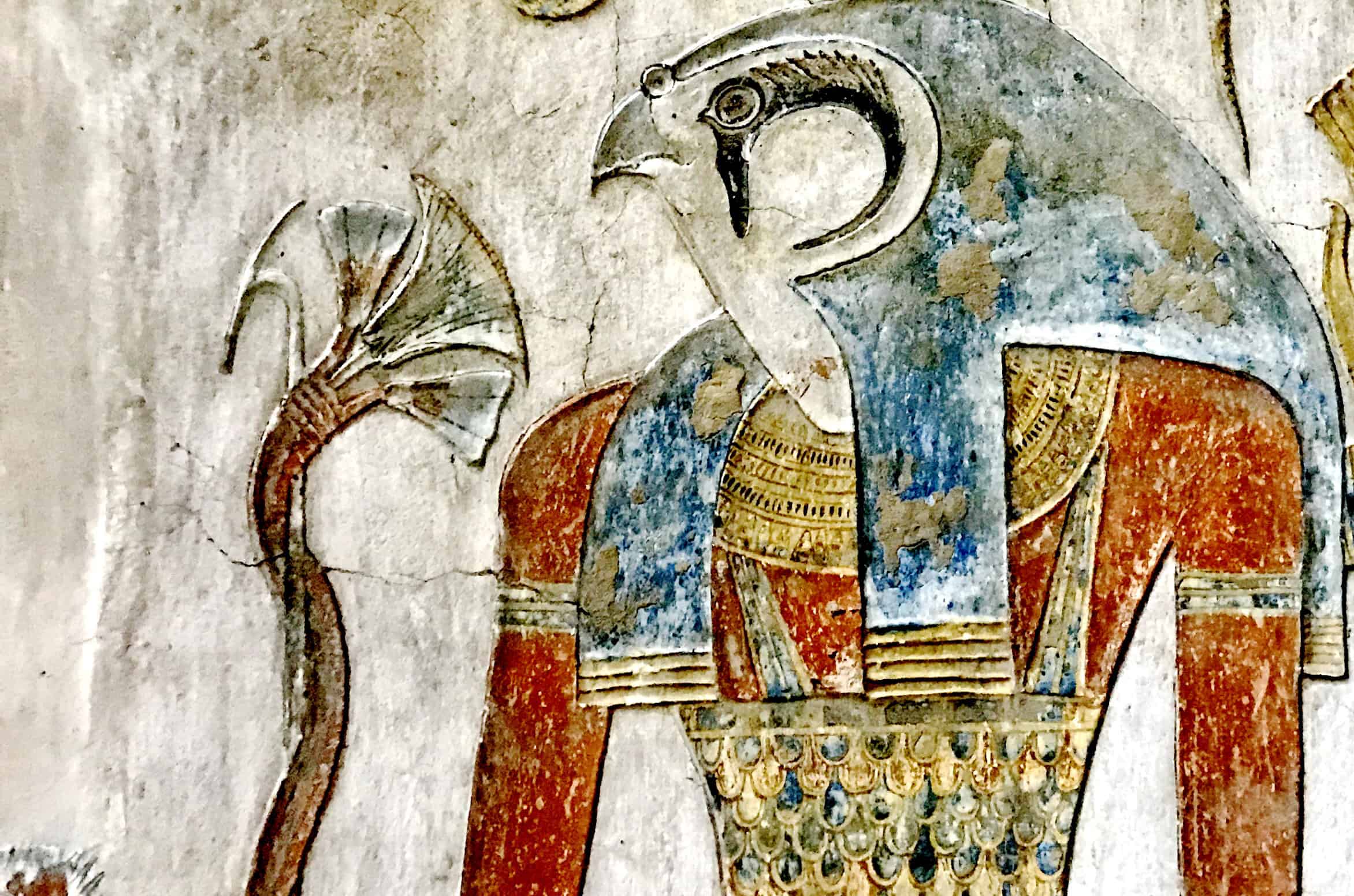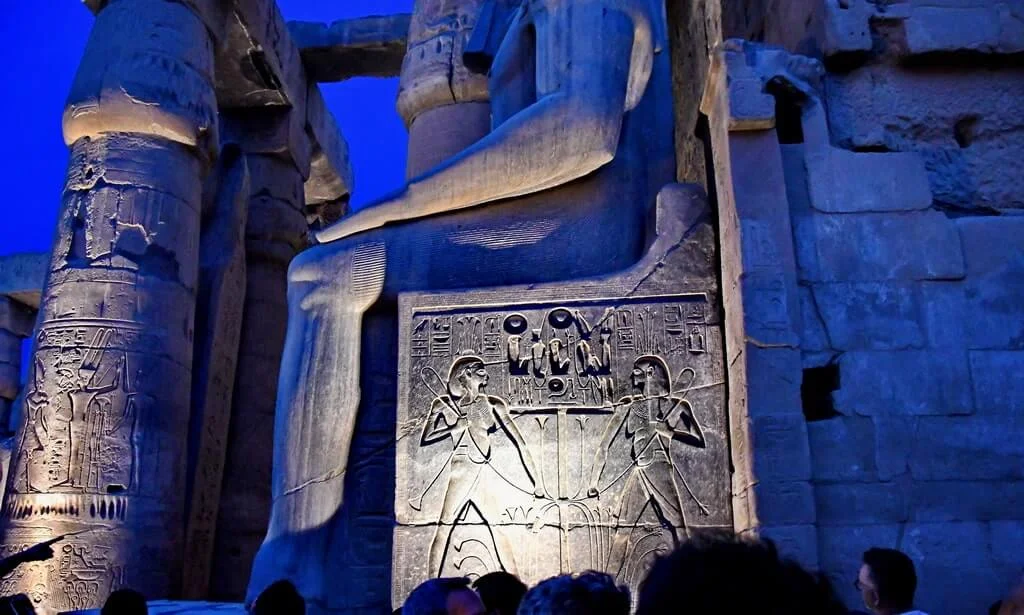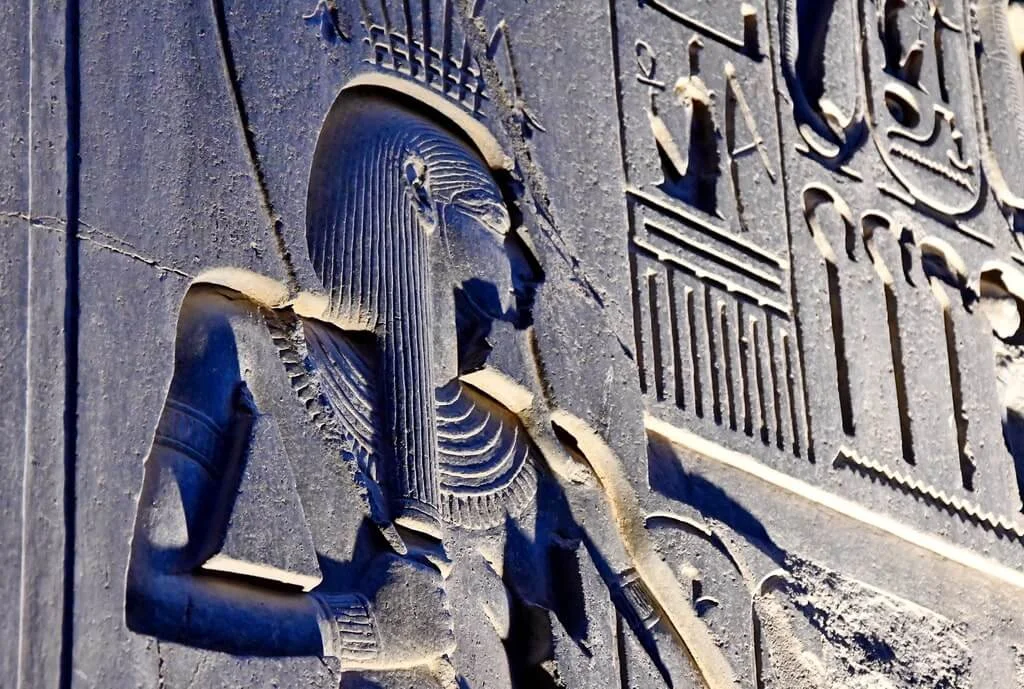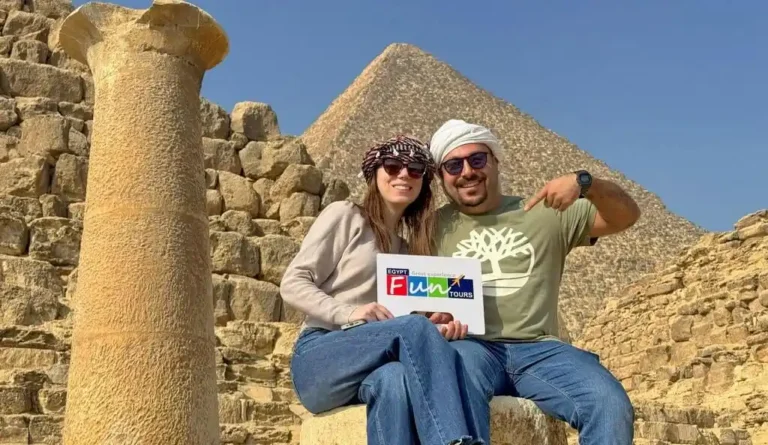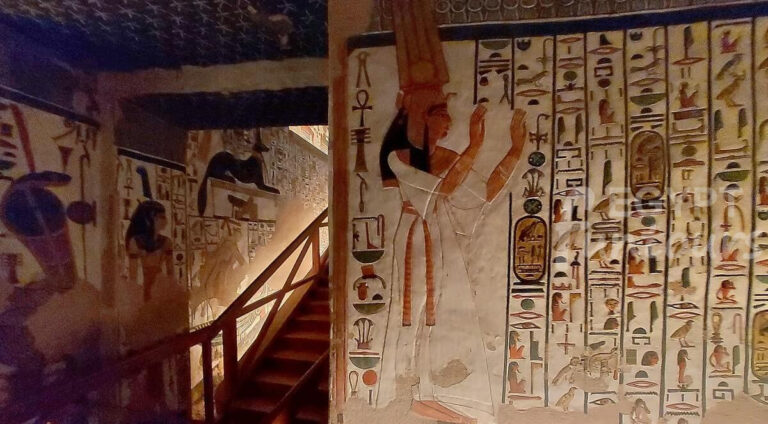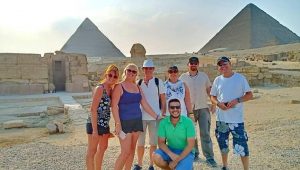Sema-Tawy: The Uniter of the Two Lands
The Sema-Tawy, a powerful and enduring symbol of ancient Egypt, visually encapsulates the nation’s core ideology. Translating to “The Uniter of the Two Lands,” this emblem goes far beyond simple decoration. It represents the perpetual unification of Upper and Lower Egypt and the pharaoh’s crucial role in maintaining this cosmic and earthly balance. Understanding Sema-Tawy provides a key to unlocking the political and religious foundations of a great civilization.

